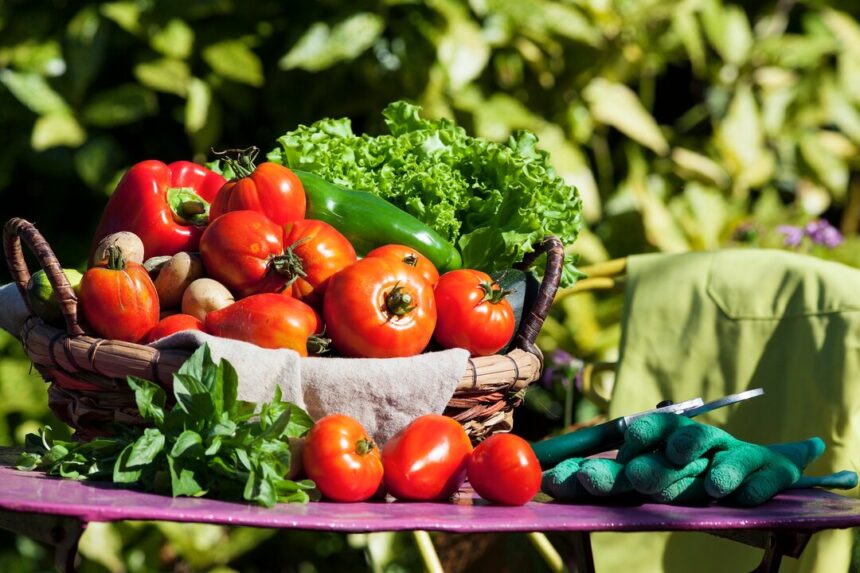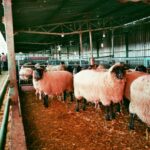The farm-to-table movement is growing in popularity as consumers increasingly value fresh, locally sourced food. For farmers, this presents an exciting opportunity to sell directly to their communities while cutting out intermediaries. However, creating an efficient farm-to-table system requires thoughtful planning and the right processing equipment. Below is a step-by-step guide to help you set up a farm-to-table system successfully.
1. Understand Your Market
Before investing in equipment, assess your target market. Determine which products are in demand in your region—be it fresh vegetables, dairy, meat, or value-added items like jams or sauces. Understanding your market will guide your choices when it comes to processing equipment.
2. Choose the Right Processing Equipment
Processing equipment is essential to transform raw farm produce into market-ready products. Here’s an overview of the types of equipment needed for different farm-to-table operations:
- Produce Washing and Packing Machines: For fruits and vegetables, invest in washing systems, grading machines, and packing lines. These ensure cleanliness and consistency, which are vital for direct sales.
- Meat Processing Tools: If your farm produces meat, consider tools such as slaughtering equipment, meat grinders, and vacuum sealers to maintain hygiene and extend shelf life.
- Dairy Equipment: For dairy products, pasteurizers, milk separators, and cheese-making machines are essential. These help you meet food safety standards while producing quality items.
- Baking and Cooking Equipment: Farmers producing baked goods, jams, or sauces will need ovens, cooking kettles, and canning equipment. Choose equipment based on the scale of your operations.
3. Prioritize Food Safety and Compliance
Food safety regulations are non-negotiable in farm-to-table systems. Invest in equipment that meets local health and safety standards. Stainless steel machines, for example, are easier to clean and more durable, helping you maintain hygiene.
4. Optimize Storage and Transportation
Efficient storage and transportation are crucial for farm-to-table operations. Invest in refrigerated storage units to keep perishable goods fresh. Additionally, purchase insulated or refrigerated trucks for direct delivery to customers or local markets.
5. Adopt Sustainable Practices
Sustainability is a key pillar of the farm-to-table philosophy. Opt for energy-efficient equipment and consider processing methods that minimize waste. For example, use scraps from vegetables to create compost or animal feed.
6. Set Up a Direct-to-Consumer Model
Once your products are processed, establish a system for selling them directly to consumers. This could include:
- Farm Stalls: Set up a stall on your farm for visitors to purchase fresh produce.
- Farmers’ Markets: Participate in local farmers’ markets to reach more customers.
- Online Platforms: Create a website or partner with existing e-commerce platforms to sell your products online.
7. Train Your Team
Invest in training for your team to use the processing equipment effectively and maintain food safety standards. Well-trained staff can improve efficiency and reduce operational errors.
8. Scale Gradually
Start small and expand as demand grows. This allows you to test your system, fine-tune processes, and avoid overspending on unnecessary equipment.
Setting up a farm-to-table system requires the right combination of planning, market understanding, and processing equipment. By focusing on quality, sustainability, and customer satisfaction, farmers can build a profitable and impactful system that connects them directly with their communities.
With the right tools and strategy, your farm-to-table operation can thrive in today’s ever-growing market for fresh, local produce.
Join 'Farmers Mag' WhatsApp Channel
Get the latest Farming news and tips delivered straight to your WhatsApp
CLICK HERE TO JOIN






